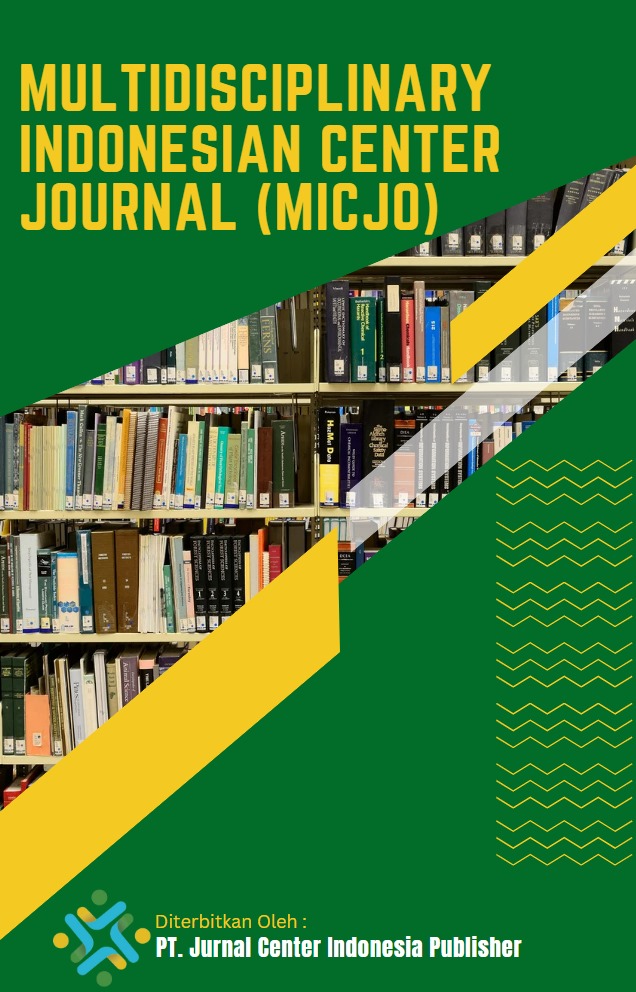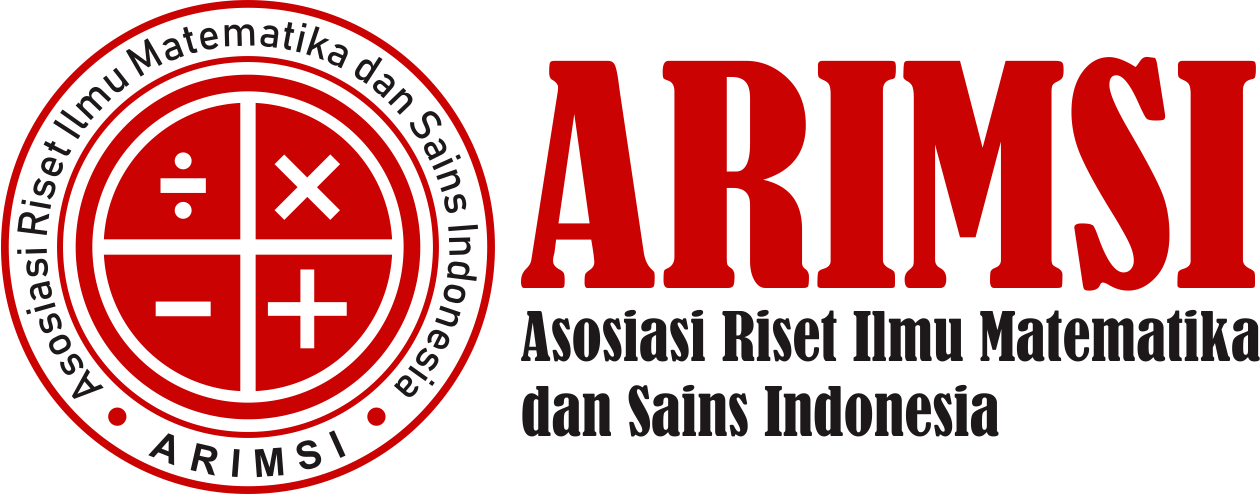THE APPLICATION OF FEMININE ENERGY AMONG GENERATION Z FEMALE INFLUENCERS ON SOCIAL MEDIA
DOI:
https://doi.org/10.62567/micjo.v2i4.1435Keywords:
Generation Z, Feminine Energy, Social IdentityAbstract
This study aims to analyze the application of Feminine Energy among Generation Z female influencers in constructing self-identity on social media. Feminine Energy is understood as an energy that embodies empathy, gentleness, and emotional balance, which has become a symbol of women’s empowerment (soft empowerment) in the digital era. This phenomenon is significant as it reflects a shift in the meaning of femininity from physical appearance toward self-awareness and personal authenticity. The research employs a qualitative approach, with data collected through in-depth interviews and observations of social media content produced by influencers who express Feminine Energy values. The analysis draws on Social Identity Theory (Tajfel & Turner, 1979), which highlights the processes of categorization, identification, and social comparison. The findings reveal that the application of Feminine Energy manifests in five key aspects: self-love, confidence, empathetic communication, calm emotional expression, and healthy personal boundaries. Through social processes, influencers internalize these values as integral parts of their personal and digital identities. In conclusion, Feminine Energy is not only a lifestyle but also a social identity strategy used by Gen Z female influencers to build an authentic, empowered, and reflective self-image in the digital space.
Keywords : Feminine Energy, Social Identity, Influencers, Generation Z, Tiktok
Downloads
References
Abidin, C. (2016). Please Subscribe! Influencers, Social Media, and the Commodification of Everyday Life. Research Output: Thesis › Doctoral Thesis.
Banet-Weiser, S. (2018). Empowered: Popular Feminism and Popular Misogyny. (D. U. P. Https://doi.org/10.2307/j.ctv11316rx (ed.)). https://doi.org/10.2307/j.ctv11316rx.
Banet-Weiser, S., Gill, R., & Rottenberg, C. (2020). Postfeminism, popular feminism and neoliberal feminism? Sarah Banet-Weiser, Rosalind Gill and Catherine Rottenberg in conversation. Feminist Theory, 21(1), 3–24. https://doi.org/10.1177/1464700119842555
Creswell, J. W. (2013). Qualitative Inquiry and Research Design: Choosing Among Five Approaches. Thousand Oaks: Sage Publications.
Digital Frontiers Institute. (2025). Masculine and Feminine Energies: Future of Workplace Leadership.
Duffy, B. E. (2017). (Not) Getting Paid to Do What You Love. (Not) Getting Paid to Do What You Love, 321127402(June 2017). https://doi.org/10.12987/yale/9780300218176.001.0001
Gill, R., K. Kelan, E., & M. Scharff, C. (2017). A Postfeminist Sensibility at Work. Gender, Work and Organization, 24(3), 226–244. https://doi.org/10.1111/gwao.12132
Meiranie Nurtaeni. (2024). Feminine Energy adalah Langkah untuk Keseimbangan antara Empati, Kreativitas, dan Intuisi. https://jivaraga.com/author/meiranie-nurtaeni/
Nurhayati, Apriyanto, Ahsan, & Hidayah. (2024). Metodologi Penelitian Kualitatif (Teori dan Praktik) (Sepriano (ed.)). PT. Sonpedia Publishing Indonesia.
Prensky, M. (2001). Digital Natives, Digital Immigrants Part 1. On the Horizon, 9(5), 1–6. https://doi.org/10.1108/10748120110424816
Sukmana, D., & Chairil, A. M. (2024). Persepsi Perempuan Generasi Z terhadap Feminine Energy pada Akun TikTok Shasa Zhania @_shaz. JIIP - Jurnal Ilmiah Ilmu Pendidikan, 7(9), 9801–9808. https://doi.org/10.54371/jiip.v7i9.5893
Worley, D. R. (2021). Tajfel and Turner Intergroup Conflict Theories 1997 Command and Control View project. January. https://doi.org/10.13140/RG.2.2.30820.60809
Downloads
Published
How to Cite
Issue
Section
License
Copyright (c) 2025 Sondang Silaban , Dwi Kartikawati, R Daniel Wisnu Wardana

This work is licensed under a Creative Commons Attribution-ShareAlike 4.0 International License.

























